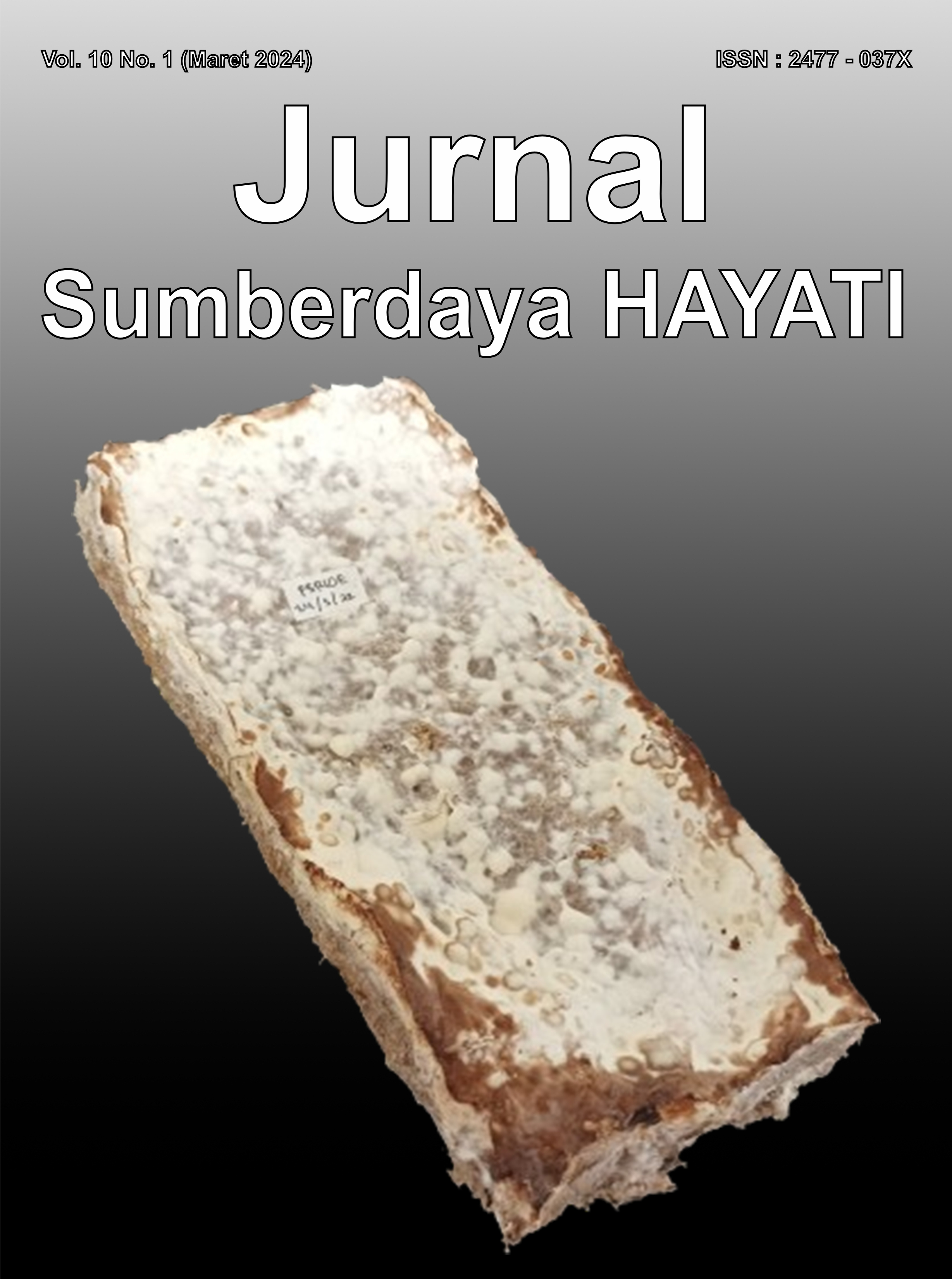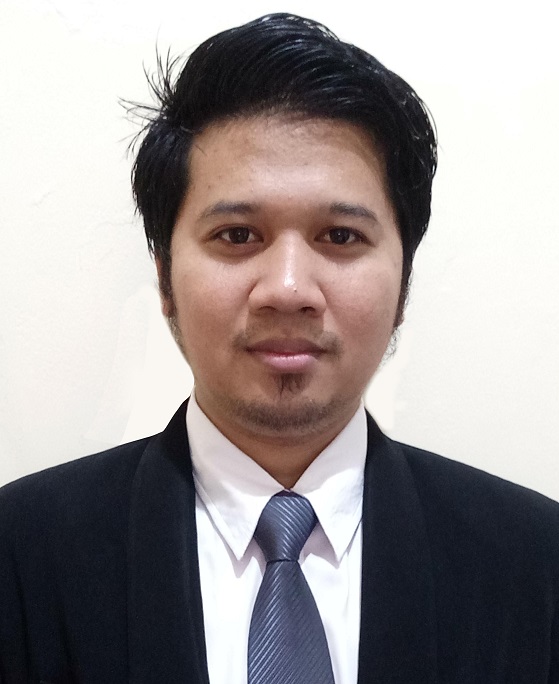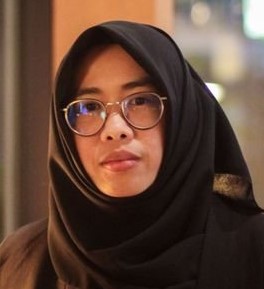Aktivitas Antibakteri dan Antioksidan dari Senyawa Bioaktif Asal Bakteri Endofit Tanaman Nyatoh (Palaquium amboinense B.)
Antibacterial and Antioxidant Properties of Bioactive Compounds Derived from Endophytic Bacteria Isolated from Nyatoh (Palaquium amboinense B.)
Abstract
Nyatoh plant (Palaquium amboinense B.) is native to Indonesia which is known to have the ability to produce potential secondary metabolites. The aim of this study was to evaluate the antibacterial and antioxidant activities from bioactive compounds produced by endophytic bacteria from nyatoh leaves. Five endophytic bacteria were tested against 4 targeted bacteria including Escherichia coli ATCC 8739, Pseudomonas aeruginosa ATCC 15442, Bacillus subtilis ATCC 19659, and Staphylococcus aureus ATCC 6538. Bacterial isolate which had the strongest antibacterial activity was then fermented and extracted. The corresponding extract was further tested on disc diffusion method, determination of Minimum Inhibitory Concentration (MIC) and Minimum Bactericidal Concentration (MBC) values, antioxidant evaluation, and analyzed for its bioactive compound components via GC-MS analysis. The results showed that one isolate, namely D1 can produce secondary metabolite which act as antibacterial and antioxidant potentials. This corresponding extract has the strongest MIC and MBC against B. subtilis with value of 39.5 and >78.1 µg/ml and exhibited antioxidant activity against 2,2-difenil-1-pikrilhidrazil (DPPH) with inhibition value of 85.37%. Based on GC-MS analysis, secondary metabolites derived from this potential extract contained some major active constituents including Tributyl acetylcitrate and bis (2-ethylhexyl) ester which might act as antibacterial and antioxidant agents.
Downloads
Copyright (c) 2024 Rayhan Helmyana Putra, Dwi Retnowati, Datu Muhammad Cordova, Aliya Azkia Zahra, Gian Primahana, Rizna Triana Dewi, Euis Filailla, Sukirno, Eka Prastya

This work is licensed under a Creative Commons Attribution 4.0 International License.
Authors who submit and publish with this journal agree to the following terms:
1. Authors retain copyright and grant the journal/publisher non exclusive publishing rights with the work simultaneously licensed under a Creative Commons Attribution 4.0 International License.
![]()













